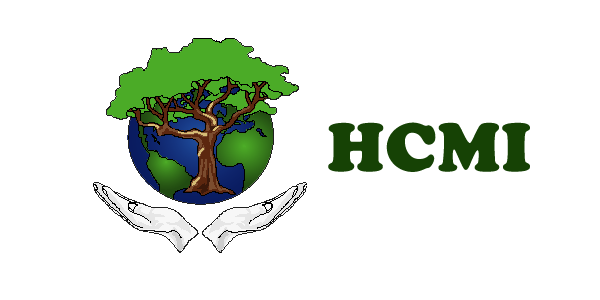Gallbladder Support Remedy
 The gallbladder is a small muscular sac that sits just under the liver. The gallbladder has the simple task of storing bile produced by the liver. Bile is the main substance responsible for the breaking down of fats and cholesterols in the digestive system. The ingestion of food and especially fats causes the release of a hormone, cholecystokinin, (CCK) which in turn signals the relaxation of the valve at the end of the common bile duct (the sphincter of oddi) and allows the bile to enter the small intestine. It also signals the contraction of the gallbladder which squirts the concentrated liquid bile into the small intestine. There it helps with the emulsification or breakdown of fats from your food. Before a meal, the gallbladder is typically full of bile and about the size of a small pear. After meals, the gallbladder is usually empty and flat, like a deflated balloon.
The gallbladder is a small muscular sac that sits just under the liver. The gallbladder has the simple task of storing bile produced by the liver. Bile is the main substance responsible for the breaking down of fats and cholesterols in the digestive system. The ingestion of food and especially fats causes the release of a hormone, cholecystokinin, (CCK) which in turn signals the relaxation of the valve at the end of the common bile duct (the sphincter of oddi) and allows the bile to enter the small intestine. It also signals the contraction of the gallbladder which squirts the concentrated liquid bile into the small intestine. There it helps with the emulsification or breakdown of fats from your food. Before a meal, the gallbladder is typically full of bile and about the size of a small pear. After meals, the gallbladder is usually empty and flat, like a deflated balloon.
Without adequate bile you do not metabolize your fats well which can result in a deficiency of the fat-soluble vitamins (A, D, E and K). You may also have problems digesting the essential fatty acids. In addition to other symptoms you could have trouble utilizing calcium, have dry skin, peeling on the soles of your feet, etc. One way to tell you have trouble digesting fats is if you have excessive burping that starts shortly after eating a meal that has fat in it. You might feel nauseous or experience gas and bloating.
Secondly, bile is a very powerful antioxidant which helps to remove toxins from the liver. The liver filters toxins (bacteria, viruses, drugs or other foreign substances the body doesn't want) and sends them out via bile, which is made in the liver. The path of departure is from the liver through the bile ducts and into the gallbladder or directly into the small intestine where it joins waste matter and leaves through the colon with the feces. A healthy liver produces about a quart to a quart and a half of bile daily. If you have gallbladder problems, you should cleanse your liver and bowel also. Many people with sluggish gallbladders have a tendency towards constipation.
Only three things can go wrong with the gallbladder: inflammation, gallstones and blockage of the ducts. All of these are treated with surgery and removal in the US, but 99% are treatable naturally, without surgery. Severe gall bladder symptoms include: nausea, high temperature, pain in your back between the shoulder blades or pain in your right abdomen.
Fun Facts
- The lack of fat in your diet can bring on a gallbladder attack.
- Allergies / reactions to dairy and casein are often from gallbladder (maybe liver) congestion.
- You could have gallstones, even if you have no symptoms and no gallbladder (they often hide in the liver and an x-ray won't see them)!
Health Conditions
- Gallstones (cholelithiasis) occur when substances in bile crystallize in the gallbladder.
- Cholecystitis (biliary colic) refers to inflammation of the gallbladder.
- Bile obstruction restricts flow of bile from the liver to the gallbladder or from the gallbladder to the intestine.
- Gallstone pancreatitis occurs when an impacted gallstone blocks the ducts that drain the pancreas.
Suggestions To Strengthen
- Avoid animal fats (meat), cheese and fried foods.
- Non organic vitamins, especially calcium, can contribute to gall stones.
- Do a gallstone flush every 3-4 months.
- Forgive old grudges, bitterness leads to gallbladder disease. Write a letter of forgiveness even if the person is no longer living.
